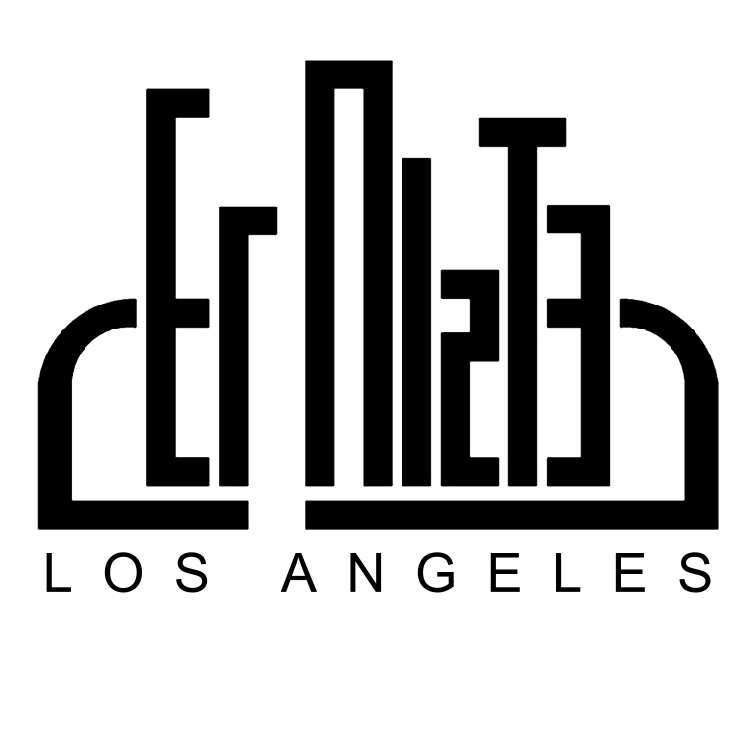Fashion and Myth
“Fashion is tyrannical and utopian at the same time: it imposes a norm which it claims is freedom.”
We’re going to talk about fashion and we are going to do it with the help of French philosopher and literary theorist Roland Barthes (1915-1980) whom the opening quote belongs to.
We’re tackling fashion today because of our Torah Portion Tetzaveh, which among other things, specifies the garments which were to be worn by the priests in the tabernacle.
Our portion dedicates an entire chapter (43 verses) to describe in detail how the garments worn by the priests should look.
It is curious. The Torah dedicates one verse to describing the creation of the universe: “In the beginning God created heaven and earth” and 43 verses to describe… clothing.
As Maimonides already stated in his Guide for the Perplexed, the Torah was not a book which was meant to reveal to us the secrets of the Universe; this sentiment was followed by Yeshayahu Leibowitz ,who kept repeating in his lectures that "The Torah is not a HISTORY book, nor is it a textbook in PHYSICS!"
The Torah according to both had nothing but one role: to instruct us as to how to stand before our creator and fulfil his work in the world, or if you’d like a less religious phrasing, how to act as humans within a society while fulfilling and executing a moral code which corrects our ways as individuals and as a community.
If you think about it this way, it is easier to understand why clothes received way more real estate than how the Universe was created.
This brings us to Roland Barthes. Barthes belongs to the Philosophical genre mostly known as Structuralism. It is a way of thinking which began to develop in France in the early 20th century, and stemmed from the field of linguistics. It was heavily influenced by the work of Swiss structural linguist Ferdinand de Saussure (1857-1913.)
This groundbreaking way of thinking changed philosophy and culture irreversibly, and it is still prevalent in our way of thinking today.
The foundation of the theory is that there are Semiotics or signs — simply put, words or images which are being used as “stand ins” to represent something in reality. In this system there are two kinds: the Signifire (the word or image) and the Signified (the concept that it represents) . Saussure noticed that a Signifier only has meaning in relation to what it is not, or in relation to other signifiers.
In other words, the meaning of a word only derives from its place in an overall structure that is sensible.
If you apply this concept to fields other than linguistics, you find out that anything in our reality derives its meaning from its place in an overall structure as well.
Today’s common term for it would be “a social construct.”
In his groundbreaking work Mythologies (a collection of 53 short essays) written between 1954 and 1956, Barthes uses this system of thinking to dissect popular culture and explain how it creates mythologies in order to perpetuate a certain social structure. Advertising, mass media, sports and entertainment all communicate revealed as well as hidden mythologies to us and create a phenomenon in which we tend to “turn history into nature,” meaning, accept a social construct as something that is natural and that has always been so.
In 1967 Roland Barthes released his book called “The Fashion System” out of which the opening quote is taken. Continuing his work in “Mythologies” Barthes tackled fashion specifically here as language which holds together the structure of modern bourgeoisie and capitalist society.
Fashion language in tyrannical in nature, for example “Every woman needs….” or “The black little dress is a must,” but at the same time it provides a utopian ideals of freedom, modernity and individuality : “flowing skirt,” “bold color,” “this jacket gives you wings.”
The system hides its arbitrariness—why this color, this cut?—behind a rhetoric of choice. Barthes argues that this sleight of hand is ideological: it naturalizes fashion — turns history into nature — while it dictates as inevitable, masking the power structures (capitalism, gender norms) driving them.
When I grew up everyone had a Che Guevara T-shirt. As I’m sure most of you remember, it was cool-looking and symbolized youthfulness, rebellion and freedom. Needless to say that the vast majority of teens and young adults wearing those, had they been asked to explain what Guevara was standing for or to recite even a fraction of his biography, wouldn’t be able to. (Let alone the still debatable crimes that he committed, the executions of hundreds of Bautista officials without trial etc.)
But what is important here for Barthes’ claim, is that by purchasing the Che Guevara T-shirts, those “rebellious” youth were in fact contributing to and perpetuating the system that Guevara fought passionately against - Capitalism. Recognizing the mythologies holding our structures together is hard and tricky.
43 verses describing clothing were crucial for the creation of mythologies which hold together the structure of our community as Jewish people. The clothes of the priests were loaded with symbolism of holiness and unity. Mythologies are an inevitable part of the fabric of our society and can assist in the creation of wonderful things. At the same time, they can be manipulative and we should continuously train ourselves to be able to recognize this manipulation.
